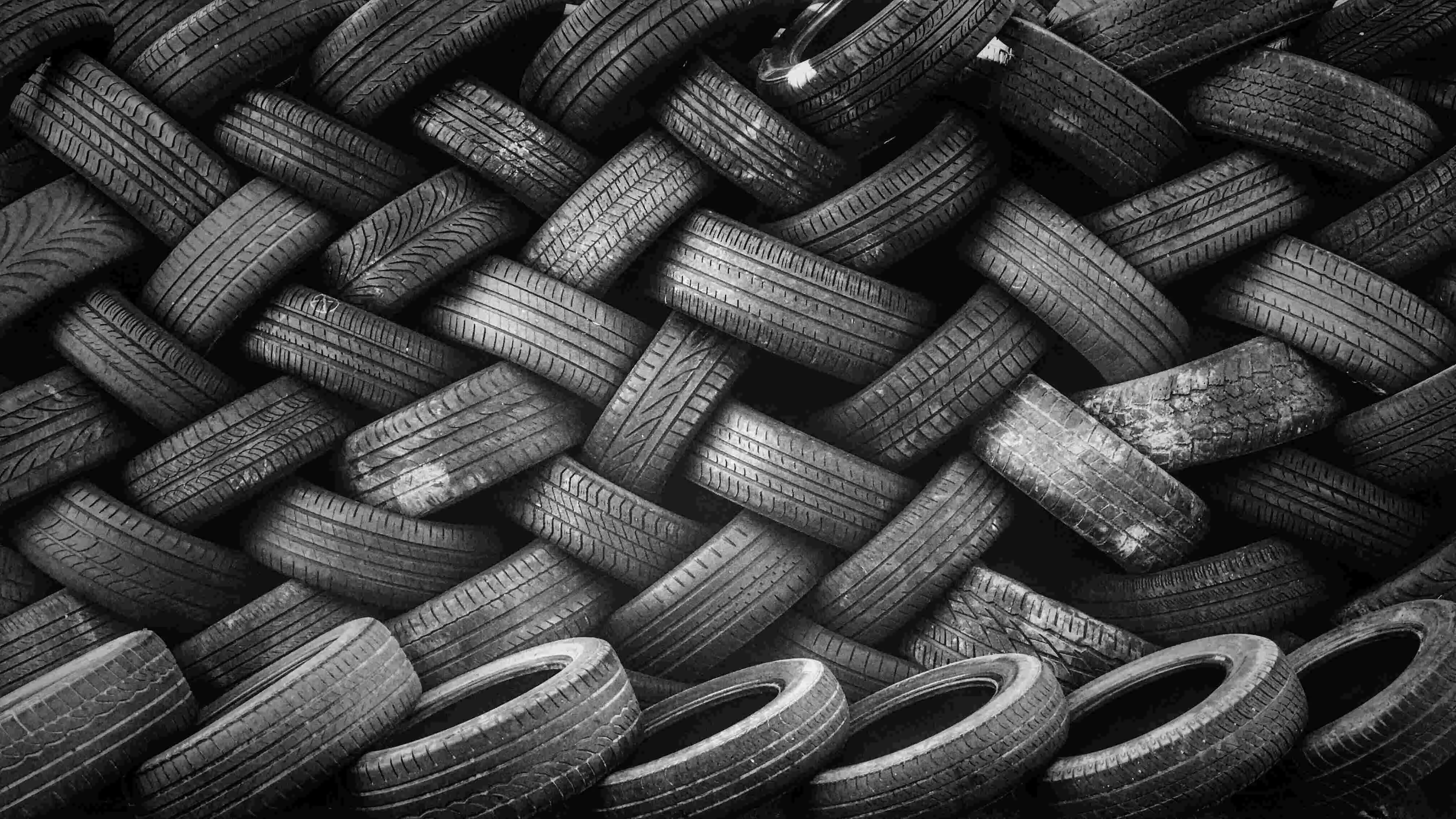Collective negligence
The ignorance of humans towards highly toxic '6PPD' that permeates into air and water as a result of tyre wear is one among the many fallacies that is endangering the state of climate

Canadian writer Margaret Atwood has eloquently pointed out that climate change is ‘everything change’. Economy, society, ecology – they’re all inter-connected and impacted by global environmental change. Climate change indeed impacts all walks of life. Extreme environmental incidents like the landslide in Wayanad, Kerala, which has thus far killed more than 100 people, are possibly a result of climate change. Certain experts have attributed the increased possibility of landslides in the region to the warming of the Arabian Sea, which, in turn, allows the formation of deep cloud systems, leading to extremely heavy rainfall in a brief span. It is an established fact now that climate change has been triggering a range of natural disasters across the globe.
Recently, a group of global scientists published a paper in the journal Science Advances, warning us that the Earth had exceeded six of the nine planetary boundaries that maintain stable environmental conditions, enabling life on earth to continue, and human life to flourish.
Pollution is one of the planetary boundaries, perhaps the most visible one, that affects us directly and indirectly in a number of different ways. Air pollution is something we all see and experience daily, especially when stuck in traffic jams. Water pollution may be less visible to us, but still impacts us considerably. Tyres constitute an invisible link between air and water pollution, and may have severe impacts on human health—one that scientific research has recently begun to document in full earnest. The rubber tyres on which we ride in traffic are prone to cracking due to oxidation. Thus, for many years now, stabilising agents have been added to tyres to prevent cracking.
One of the most common chemicals added to tyres across the world for over six decades is called 6PPD. Its full IUPAC name is N1-(4-Methylpentan-2-yl)-N4-phenylbenzene-1,4-diamine, so let’s just call it 6PPD. Over time, 6PPD migrates out of the tyre towards the surface—where it gets oxidised by ozone, becoming 6PPD-quinone or 6PPD-Q. Recent research has found that this compound is extremely toxic to fish, even in small amounts, leading to massive deaths in some commercially important species like coho salmon.
Worn away by friction, when tyres collide with the road, rubber particles containing 6PPD-Q find their way into the air as smog, or are deposited on the soil and road surface. Washed away by the rain, they enter urban water run-offs, making their way into lakes, rivers and eventually into the sea. A report by Pew Charitable Trusts, Breaking the Plastic Wave, found that dust from car tyre abrasion made up over three-fourths of the 3 million metric tons of micro plastic that enters the ocean annually. In India, estimates indicate that passenger cars contribute 20 per cent of the micro plastics released through tyre dust, while trucks and buses contribute the main share (over half). If 6PPD-quinone is acutely toxic to fish in urban streams, as a study by the US Environmental Protection Agency finds, what is its impact on human health?
One thing is certain. Tyre-wear particles are ubiquitous. The average tyre loses 4 kg over its lifetime. About 6 million tonnes of tyre particles are emitted annually and have been found everywhere from the deep sea to the atmosphere, even in the Arctic and the Antarctic. And it is only going to get worse. Electric cars will lower tailpipe emissions, but tyre wear is projected to rise, due to heavier vehicles and torque (the rotational force of a car engine). The US air quality group warned in 2023 that dust from tyres and car brakes would continue to pollute the air, rivers and ultimately the sea, even when the fleet has gone electric.
In January, McIntyre’s research team published a new study, which found that 6PPD-quinone was “more toxic than previously calculated” to coho and should be categorised as a “very highly toxic” pollutant for aquatic organisms. The toxicity of this dust on humans has not been well studied, and the absence of knowledge is not comforting. A recent study showed that the chemical was widespread in the rainwater run-off, soil and air across Hong Kong; and an even more alarming study from South China determined that 6PPD-Q was present in urine samples of pregnant women, children and adults. Fortunately, this is also a problem that can be easily addressed, if this compound were to be phased out of tyre manufacturing – though that may be easier said than achieved. There are tens of thousands of such compounds and chemicals that we use daily, and we do not know the impacts of most of these. Tyre wear is unique in that it can count as microplastic but it is also a component of air pollution because it’s so small. Anything that is 10 microns can be inhaled in our lungs and anything that is 2.5 microns has the potential to pass the membrane barrier. Tyre dust particles have been found to be smaller than 23 nanometers (0.02 microns).
Climate change is ‘everything change’—but our collective blindness towards the planetary impacts of the Anthropocene is also a reflection of how little we know. Tyre dust is one example—all around us, yet invisible to our eyes. What else are we collectively blind to?
Views expressed are personal



